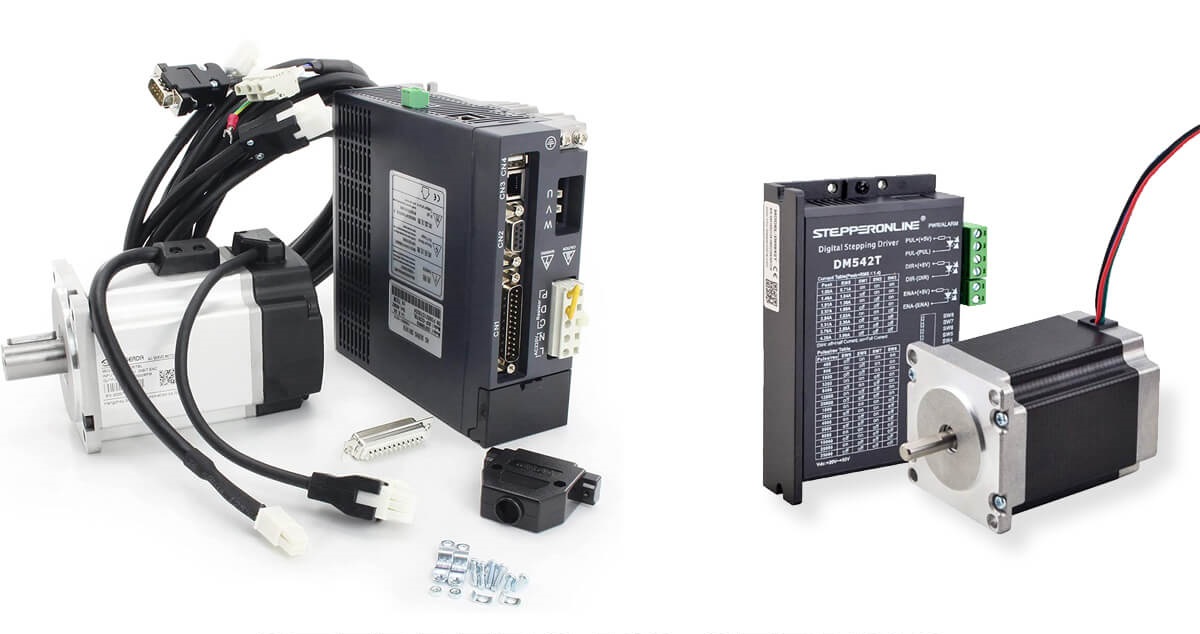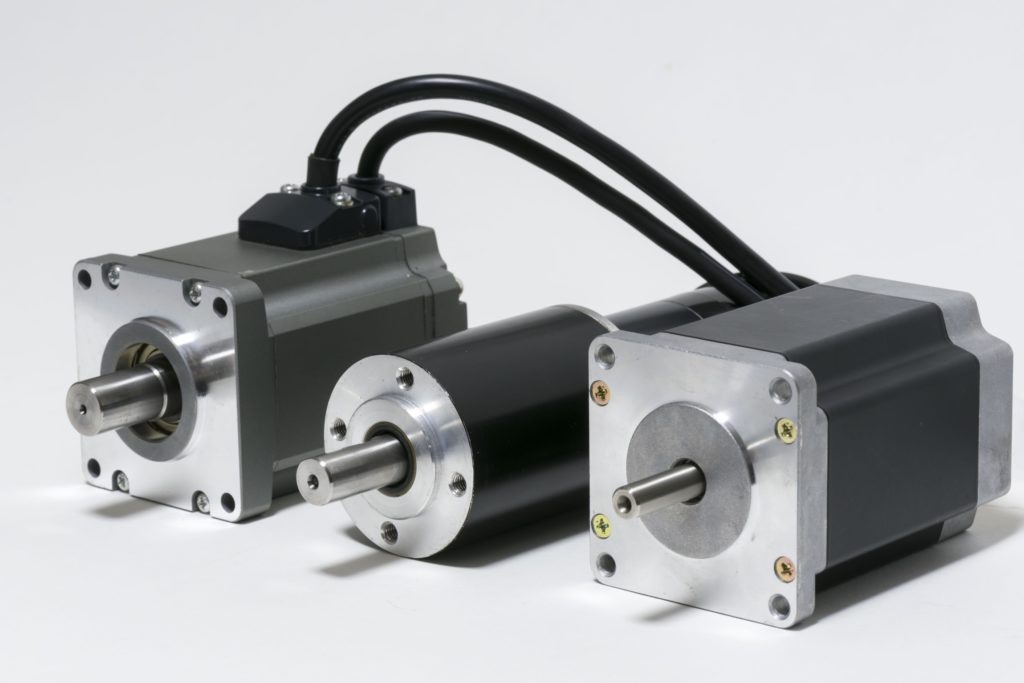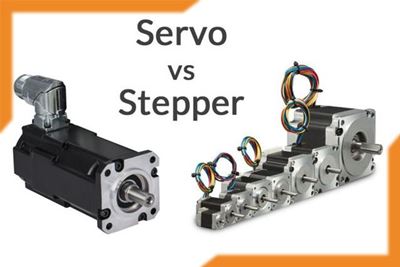Stepper and servo drive motors are two of the most common tools used in the industry to control positions and determine movement angles. These products have almost the same structure; However, there are differences between Stepper and Servo, which has caused some people to get confused in choosing between these two options.
The structural difference between the stepper motor and servo motor
A stepper motor is mainly made of coils and has a stepped rotor. These stairs have magnetic properties and according to their angle, they can adjust the location. The same structure can be seen in the servo motor; with the difference that the number of magnetic poles in the Servo model is more than Stepper. To start both of these motors, there is a need for a drive that can make the movement of the device possible by creating a pulse. But the important point here is that the servo motor, in addition to the drive, also needs an encoder; that is why it takes up more space and requires a larger environment for installation.

Read more: What is servo drive and how does it work?
Difference between servo and stepper motor in terms of accuracy
One of the very important quantities that you should pay attention to when buying a stepper motor is the accuracy of the device. To know the accuracy of the stepper motor, just look at its nameplate. A quantity is written in degrees per step or degree per step, which indicates the accuracy of the motor step. Therefore, for each pulse that enters this motor, the device will move this much. The important thing here is that you can increase this accuracy by using the drive and making these degrees smaller up to 40 thousand times. On the other hand, the encoder in the servo motor sends feedback to the drive based on the position of the motor. Now the drive algorithms are implemented so that the motor remains exactly in the defined location and does not move.
Considering this, it can be said that the accuracy of the servo motor is higher than that of the stepper motor. Because in Stepper, you don't have any tools to assure you that the motor has moved as accurately as it should in each step or not. In other words, the steps of the stepper motor may change due to high torque or high force applied to the shaft and may not be completed completely. Meanwhile,

encoder feedback can be tracked, and by using drive algorithms, you can determine the position of the motor at any moment with great accuracy. The difference between step motor and servo motor in terms of characteristics.
Another difference between the stepper motors and the servo motors is the characteristic features of each of them. In addition to the accuracy of the device, you can also see another quantity on the stepper nameplate, which is called torque and is written in kg-cm units. This torque can be available as low as 4 kg-cm and increase to a maximum torque of 400 kg-cm. Therefore, accuracy and torque are defined as the main characteristics of the stepper motor that you should pay attention to when buying.
But in the case of servo motors, the issue is somewhat different. In servo motors, the characteristic feature is the power of the device. As a result, when you intend to buy a stepper motor, you need to pay attention to the power of the motor. This quantity varies from 100 watts to a maximum of 110 kilowatts. You should know that the torque of step motors is limited to the options available in the market, But it is possible to produce a servo motor with a higher power.
Speed comparison of stepper motor and servo motor
Another main difference between Stepper and Servo is their speed. In cases where high speed is needed, the servo motor is considered the best option. Because these devices are able to create a speed equal to 0 to 5 thousand revolutions per minute. But on the other hand, stepper motors have the ability to produce a maximum speed of 500 rpm.
Examining the difference between Stepper and Servo motors in terms of power supply
Both of these motors are capable of operating using a direct or DC power supply. But if you are looking for a product that can adapt to AC or alternating current, you have no choice but to buy a servo motor. Because there is no such feature in stepper motors. AC servo motors are mostly used in low-power applications and unlike direct current models, they do not require constant maintenance and repair.
The difference between stepper and servo motor in terms of torque
From an expert point of view, it can be said that both of these motors have a lot of torque due to a large number of poles. But inherently, stepper motor torque is more compared to the servo motor. But the important thing here is that it is not possible to control or adjust the torque in the stepper. Because the speed in this type of motor is defined by defining the frequency of the input step and therefore the torque is almost constant.
But servo motors have three control modes that allow us to change some parameters. These three modes are:
Speed mode: when you put Servo Motor on this mode; The speed is kept constant and does not decrease over time. But you can change the torque in this mode whenever you need.

Torque mode: In this mode, you define a specific torque for the motor according to your needs. In this way, by changing the speed, the device tries to always keep its torque constant on this determined value.
Position mode: In this mode, you can have any desired speed or torque in the engine; But the position is always kept constant and does not disappear.
In this way, by using servo motors, you can easily determine different quantities according to your needs and thus increase work efficiency.
Comparing the application of servo motor and stepper motor
The differences in the technical specifications and main features of servo and step motors have made these devices have different applications. Usually, CNC machines are one of the main things that need a step or servo motor. Because determining the location of this type of tool is very important. From a general point of view, we can say that wherever we need high speed, adjustable torque, and high accuracy in determining the position, buying a servo motor is a very good option. But at low speeds, using a stepper motor is more logical and economical.
On the other hand, it is possible to control servo motors through the network, and this issue can make working with them much easier for the user. So that whenever a large number of motors are needed, you can simply connect the drives using a network cable and execute the desired commands simultaneously in all of them. Meanwhile, step motors are divided into two categories in terms of controllability. The first category is devices that are digitally controlled through Digital I/O. But in the second category, there is a special series of drives that do this, and this makes their control somewhat complicated.






